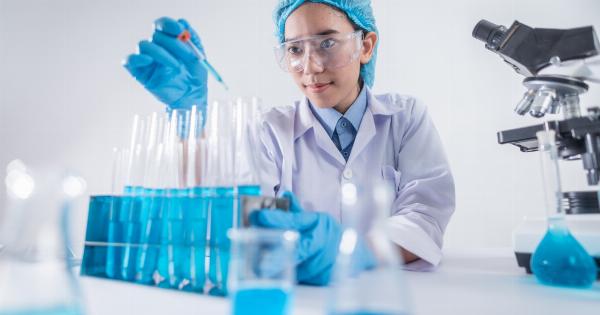Antibiotic resistance is becoming an increasingly critical challenge in the field of microbiology.
Due to the overuse and misuse of antibiotics, many bacterial strains are evolving and becoming resistant to standard treatments, leaving doctors and scientists scrambling to find new ways to overcome these strains.
The Problem of Antibiotic Resistance
Antibiotic resistance occurs when bacterial strains become less susceptible to the effects of antibiotics. This can occur through a variety of mechanisms, such as mutations or acquisition of resistance genes from other bacterial strains.
When antibiotics are overused or used incorrectly, it can create the perfect environment for the evolution and spread of antibiotic-resistant bacteria. Once these strains emerge, they can be difficult to treat, leading to higher rates of morbidity and mortality.
The Importance of Finding Solutions
As our reliance on antibiotics grows, it’s increasingly important to find new strategies for overcoming antibiotic resistance.
Without effective treatments, infections can become more severe and deadly, leading to increased healthcare costs, longer hospital stays, and greater risk of complications. By finding new ways to tackle antibiotic resistance, we can mitigate the damage caused by these resistant strains and keep populations healthier overall.
Approaches to Overcoming Antibiotic Resistance
There are a variety of strategies that researchers are exploring for overcoming antibiotic resistance in microbial strains. Some of these approaches include:.
- Alternative therapies: Scientists are exploring alternative therapies such as phage therapy, which involves using bacteriophages (viruses that infect bacteria) to target and kill bacterial strains. Other therapies under investigation include immune-based therapies, such as antibody treatments.
- Combination therapies: Combining multiple antibiotics can be an effective strategy for overcoming antibiotic resistance. This approach can help to prevent the emergence of resistant strains, as it requires multiple mechanisms of resistance to evolve simultaneously.
- Novel antibiotics: Scientists are also working to develop new antibiotics that can effectively treat resistant bacterial strains. This can include innovative approaches such as using artificial intelligence to design new molecules with antibacterial properties.
- Preventing the spread of resistant strains: Finally, preventing the spread of resistant strains is crucial in reducing the impact of antibiotic resistance. This can involve strategies such as improved hygiene practices, better surveillance and monitoring programs, and reducing unnecessary antibiotic use.
Conclusion
Antibiotic resistance is a serious and growing challenge in the field of microbiology.
To overcome this issue, researchers are exploring a variety of strategies, including alternative therapies, combination therapies, novel antibiotics, and prevention strategies. By working together and employing multiple approaches, we can stem the tide of antibiotic resistance and keep populations healthier and safer overall.




























